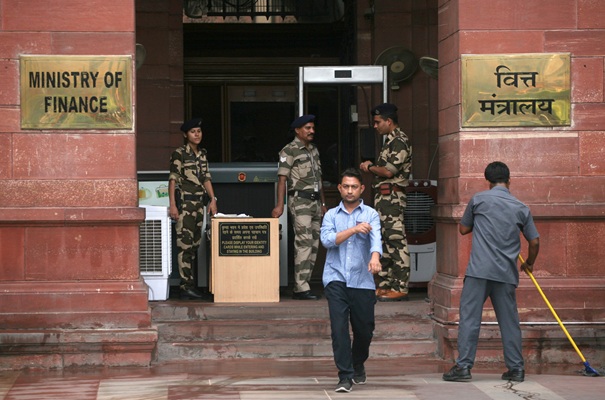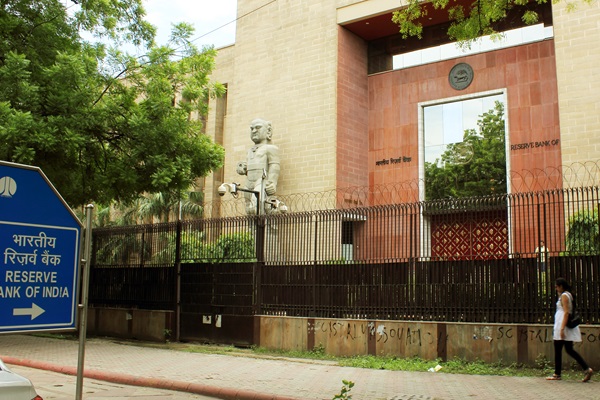.png)
October 3, 2025 at 12:28 PM IST
The finance ministry advanced ₹1.02 trillion to states on October 1, giving them an early festival-season boost. This was in addition to the regular ₹1.02 trillion monthly transfer due on October 10. New Delhi has leaned on such front-loading since the pandemic, enabling states to spend on welfare and infrastructure when revenues lag.
The practice has become routine.
Last year, the Centre advanced instalments in June, November, and January before adjusting the books at the end of the fiscal year. In 2025–26, it had already moved up to ₹835 billion in June. Between April and August, states received ₹5.30 trillion, a 16.3% jump from a year earlier and well above the 10.5% rise built into the Budget.
The generosity comes at a time when the Centre is under pressure. Gross tax collections in April–August rose just 0.8% to ₹13.44 trillion. Once states got their share, the Centre’s net take fell 7.3% to ₹8.10 trillion, pushing its deficit wider. The latest transfer will be reconciled later in the year, but in the near term, it tilts liquidity toward states and away from the Centre’s balance sheet.
Liquidity is the other objective. States typically spend quickly, and the cash injection is expected to add depth to the banking system just as festival consumption peaks. It complements recent cuts in goods and services tax rates, aimed at stoking sentiment.
Yet fiscal support collides with debt market realities.
States have borrowed ₹5.01 trillion through development loans in April–September, nearly 30% more than a year earlier. September alone saw ₹1.21 trillion in such securities, the highest monthly issuance ever. That surge is already distorting pricing.
Spreads between 10-year sovereign bonds and comparable state paper have ballooned to 70–80 basis points, far above the historical 25–40 range. Investors want more compensation for risk.
The supply glut recalls last year, when states raised ₹10.73 trillion, with more than 40% crammed into the January–March window. Markets expect a similar pattern this year, supported by insurers, pension funds, and provident funds that typically buy late. A Reserve Bank of India rate cut, markets are betting on December or February, could also soften yields and make back-loaded borrowing easier to swallow.
That is where the advanced devolution matters. By giving states extra cash now, the Centre buys them the flexibility to delay issuance into the latter half of the year. If managed well, this could ease borrowing costs and contain spreads. If not, the bond market faces another wave of crowding just as the Centre itself steps up year-end borrowing.




